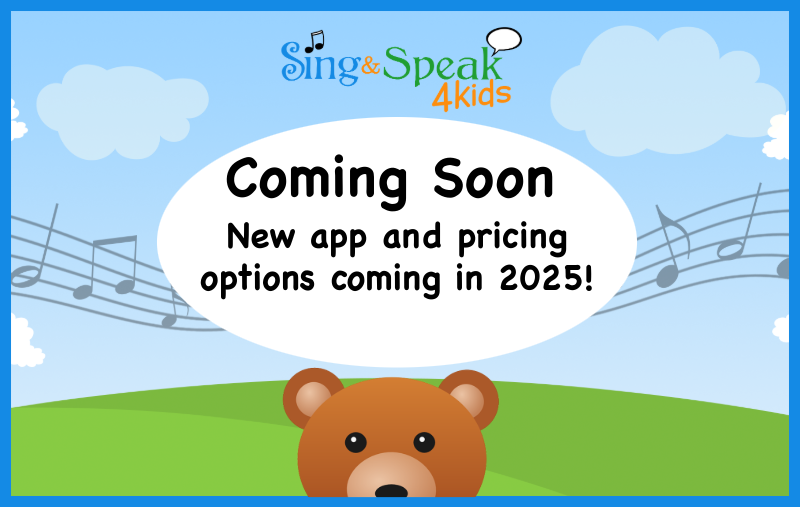Written by: Danielle Linboom, Intern
Focusing the brain to receive, sort, and retain information is a complex process! Kids with sensory sensitivities may have even more difficulty because of their unseen needs.
Dealing with sensory discomfort or overwhelm is like having alarm bells going off in your head that can’t be turned off. Young children and those with language delays often struggle to feel and cue into their own body’s sensations or describe the problem. This can lead to distractibility and meltdowns. Putting so much energy into regulating sensory input doesn’t leave as much for paying attention.
Each child is unique! They can be sensory seeking or avoidant. Circumstances that trigger another child may not bother yours. And the level of severity can vary day to day based on mood, sleep patterns, and other factors.
Here are some things to try that might make the learning environment more accessible for all kids, but especially those with extra sensory regulation needs:
- Before you start—preparation can go a long way! Offer a snack or bathroom break, don’t schedule intense learning activities too close to nap or bedtime, and make sure clothing and room temperature are comfortable.
- Movement—Either before seated learning or breaks between learning sessions, give opportunity for large muscle group movement. Play outside, jump on an exercise trampoline, or do jumping jacks together. Active/flexible seating is a way to meet the need for movement during play because it causes them to engage their core muscles to stay seated. Exercise balls, wobble chairs, balance boards, and inflatable seat cushions are some of the options.
- Deep pressure—steady, moderate pressure can calm the nervous system and help achieve a better mental state for learning. A weighted lap pad, vest, or stuffed animal provides this type of input. So do hugs, “base layer” type compression shirts often used for sports, or wrapping up snugly in a blanket, as tolerated.
- Fidgets—it may seem counterintuitive, but some kids have a harder time absorbing information if they are sitting still, with quiet hands, and neurotypical eye contact. There are many ways to satisfy the need to fidget during learning. The first might be instinctive for your child—stimming by playing with their hands, tapping, twirling hair, or rocking back and forth. Non-harmful stimming should be allowed when possible. A variety of small fidget and sensory toys are widely available, but if those present too much of a distraction, try allowing doodling while listening, textured stickers to touch, scented objects, or background music (depending on the situation).
With time, you will become more attuned to your child’s preferences, and they may learn to be self-advocate making it easier to predict and meet sensory needs. Sensory regulation is a valuable skill to many areas of the daily routine. Happy learning!



